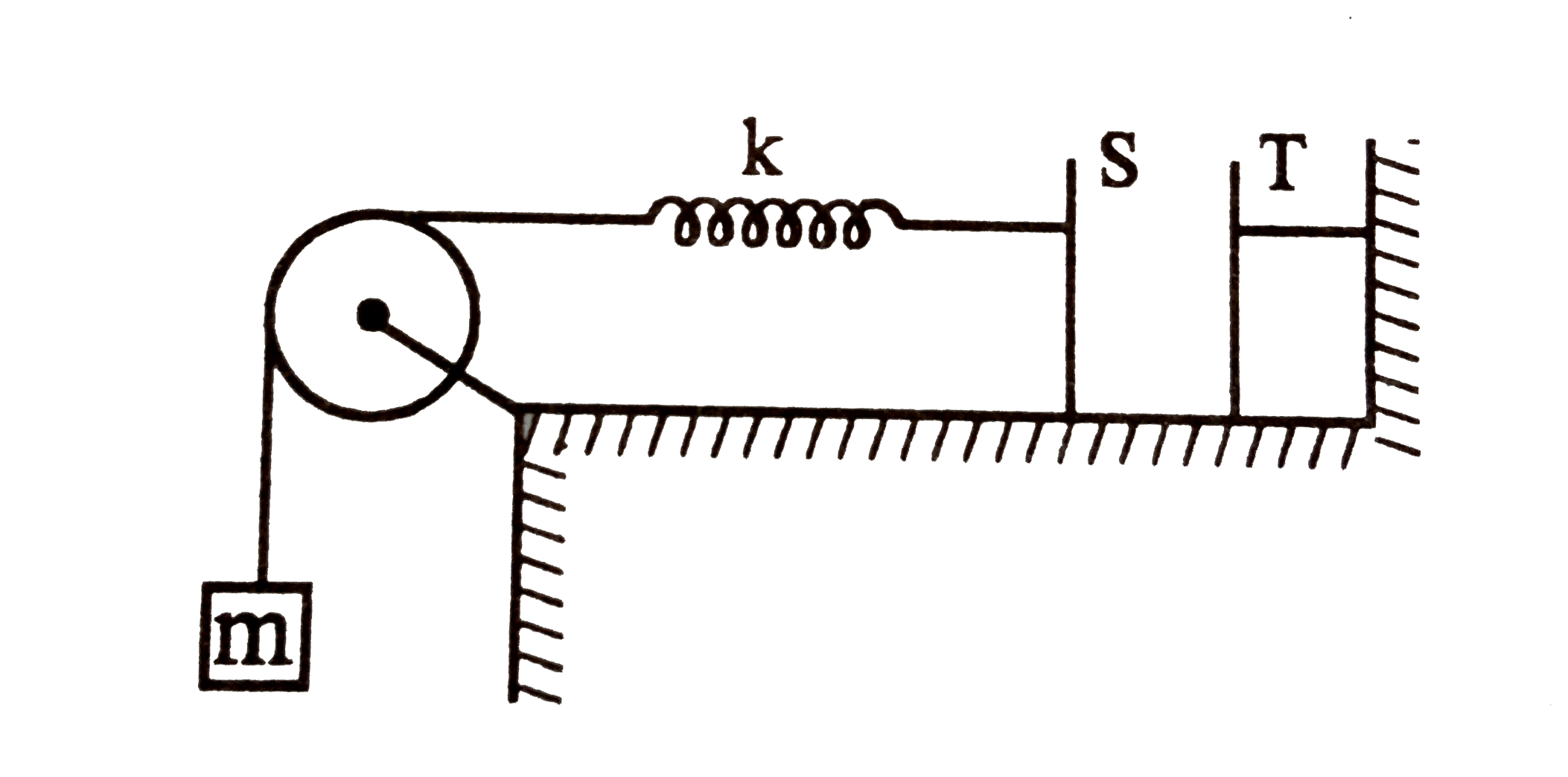A parallel plate condenser is charged by connected it to a battery. The battery is disconnected and a glass slab is introduced between the plates. Then
potential increases
electric intensity increases
energy decreases
capacity decreases
The correct Answer is:C
Step by step video, text & image solution for A parallel plate condenser is charged by connected it to a battery. The battery is disconnected and a glass slab is introduced between the plates. Then by Physics experts to help you in doubts & scoring excellent marks in Class 12 exams.
Topper's Solved these Questions
- BOOK - NARAYNACHAPTER - CAPACITANCEEXERCISE - Assertion & Reasoning16videos
CAPACITANCE
- BOOK - NARAYNACHAPTER - CAPACITANCEEXERCISE - Level-I (C.W)16videos
CAPACITANCE
- BOOK - NARAYNACHAPTER - CAPACITANCEEXERCISE - Previous IIT-JEE16videos
CAPACITANCE
- BOOK - NARAYNACHAPTER - ATOMS EXERCISE - EXERCISE -447videos
ATOMS
- BOOK - NARAYNACHAPTER - COMMUNICATION SYSTEMEXERCISE - Level-II(H.W)25videos
COMMUNICATION SYSTEM
Similar Questions
A parallel plate capacitor is charged by connecting it to a battery. The battery is disconnected and the plates of the capacitor are pulled apart to make the separation between the plates twice. Again the capacitor is connected to the battery (with same polarity) then the potential difference between the plates increases when the plates are pulled apart (yes or not)
View SolutionWhen a parallel plate capacitor is charged by connecting it across a battery then battery is disconnected. If one plate of capacitor is earthed and isolated then another plate is connected to earth and then isolated. What will be the final charge on the capacitor after this operation. Will it be less than, equal to or more than the initial charge? Explain why?
View Solution
Knowledge Check
- Question 1 - Select One
A parallel plate condenser is charged by connected it to a battery. Without disconnected the battery, the space between the plates is completely filled with a medium of dielectric constant k. Then
Apotential becomes 1/k timesBcharge becomes k timesCenergy becomes 1/k timesDelectric intensity becomes k times - Question 2 - Select One or More
A parallel plate capacitor is charged by a battery. The battery is removed and a thick glass slab is inserted between the plates. Now,
AThe capacity of the capacitor is increasedBThe electrical energy stored in the capacitor is decreasedCThe potential across the plate is decreasedDThe electric field between the plates is decreased. - Question 3 - Select One
A parallel plate capacitor is connected across a battery. Now, keeping the battery connected, a dielectric slab is inserted between the plates. In the process,
Ano work doneBwork is done by the battery and the stored energy increases.Cwork is done by the external agent, and the stored energy decteases. ltDwork is done by the battery as well as the external agent, but the stored energy done not charge.
A parallel plate capacitor is charged by a battery . After sometime the battery is disconnected and a dielectric slab with its thickness equal to the plate separation is inserted between the plates . How will potential difference between the plates ? Justify your answer
View SolutionA parallel plate capacitor is charged by a battery after charging the capacitor, battery is disconnected and decrease the distance between the plates then which following statement is correct ?
View SolutionA parallel plate capacitor is charged by connecting is plates to the terminals of a battery. The battery remains connected to the condenser plates and a glass plate is interposed between the plates of the capacitor, then
View SolutionThe plates S and T of a uncharged parallel plate capacitor are connected across a battery. The battery is then disconnected and the charged plates are now connected in a system as shown in the figure. The system shown is in equilibrium. All the strings are insulating and massless. the magnitude of charge on one of the capacitor plates is: [Area of plates =A]
 View Solution
View SolutionA parallel plate capacitor is charged by connecting it to a battery. Which of the following will remain constant if the distance between the plates of the capacitor is increased in this situation?
View Solution

